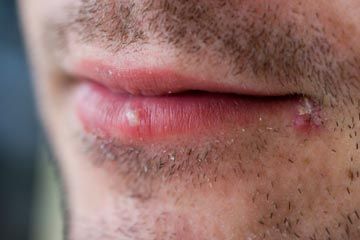
You've probably had to deal with some common skin problems before, such as the cold sores pictured above. But some skin conditions are rare and serious. Take a look at different types of skin problems on the next pages.
Advertisement
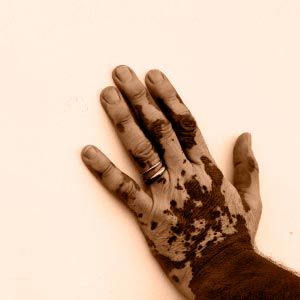
This man's hand is affected by vitiligo, or depigmentation of skin. It's caused by the body's failure to produce melanin, which gives skin its color.

Christine is a young American college student with albinism. With insufficient melanin, the skin not only looks lighter but lacks natural protection against the sun.
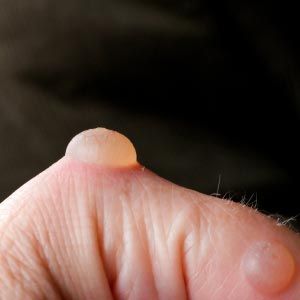
Blisters are pockets of fluid near the surface of the skin. They're often caused by friction, rubbing and pressure (like when you're breaking in new shoes). Like blisters, warts can also form on the hands and feet. See a close-up of a wart next.

Common warts are typically found on the back of the hand, around fingernails and on the fingers. They are caused by the human papillomavirus (HPV). One easy way to reduce your chances of developing common warts is by cleaning cuts or scratches on your skin.
Advertisement

Filiform warts are also caused by HPV and have skin-colored fingerlike projections that most typically form on the face, neck, eyelids and lips.

Do you have an itch that you can't quite scratch? Or an itch that seems to spread whenever you scratch it? If so, you may have impetigo, a bacterial skin infection characterized by red sores, blisters and an itchy rash.
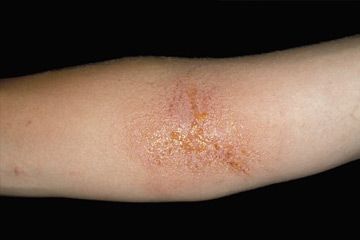
A rash from poison ivy is a common type of contact dermatitis, which is caused by an allergic reaction.

Hives can be triggered by nuts, shellfish, medications, cold/heat and countless other factors. While most hives will go away on their own, some do not.
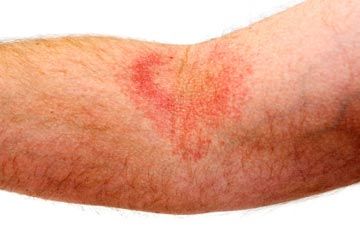
Eczema is a chronic skin disorder characterized by scaly and itching rashes. People with eczema often have a family history of allergic conditions like asthma and hay fever.
Advertisement
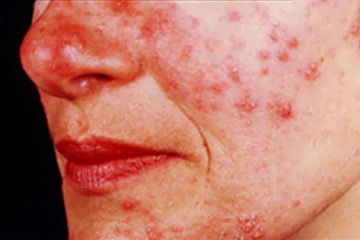
Rosacea is a chronic inflammation of the skin that causes redness in the face and produces small, red, pus-filled bumps or pustules.
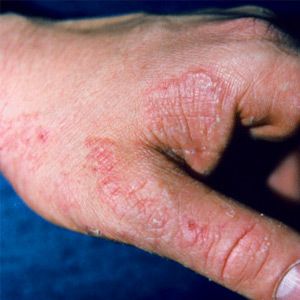
Ringworm is a contagious fungal skin infection that can affect the body, scalp, groin and feet. It will most likely be itchy, scaly and have very clear edges. Don't confuse the next skin condition with ringworm.
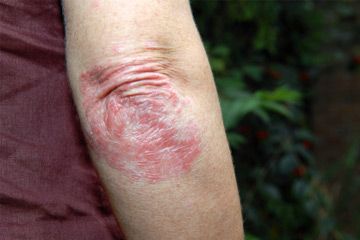
Pityriasis rosea is a skin rash that starts off as a single, circular patch of dry, flaky skin. It will usually show up on the back, chest, upper arms or thighs. It's uncertain what exactly causes the condition, but it's not a result of a fungus or bacterial infection.
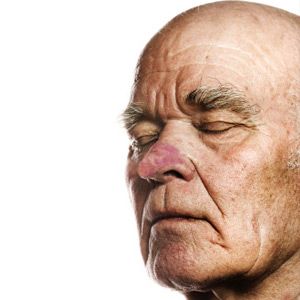
Rhinophyma is a severe skin condition characterized by a red, inflamed and bulbous nose. In people with rhinophyma, the skin on the nose gets thicker, becomes bumpy and may take on a yellowish tone. It is the last stage in the progression of acne rosacea.
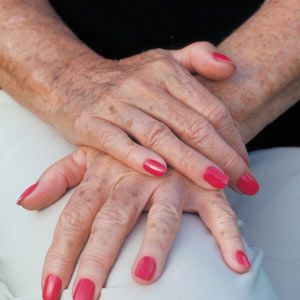
Although adults older than age 40 are more likely to have age spots than younger folks, it's usually sun exposure over many years, rather than aging itself, that's the primary cause.
Advertisement
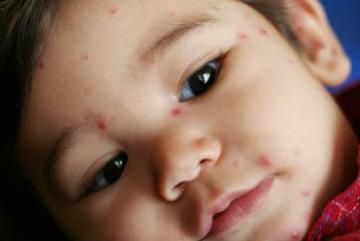
Chicken pox is caused by a herpes virus. Symptoms include a blistery rash and fever.
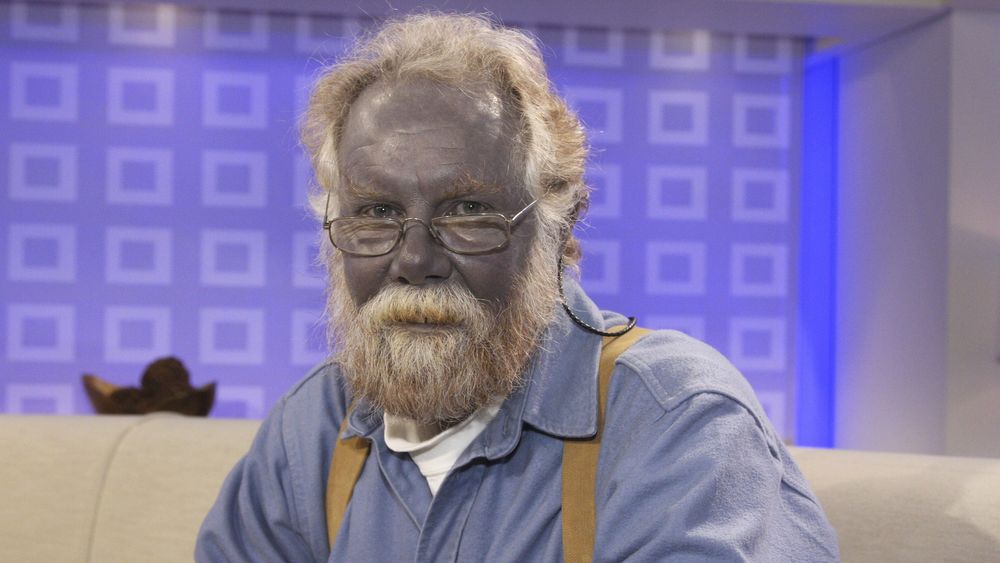
Argyria is a condition in which your skin turns blue-grey. It's caused by overexposure to silver, and fortunately it is rare and not life-threatening.
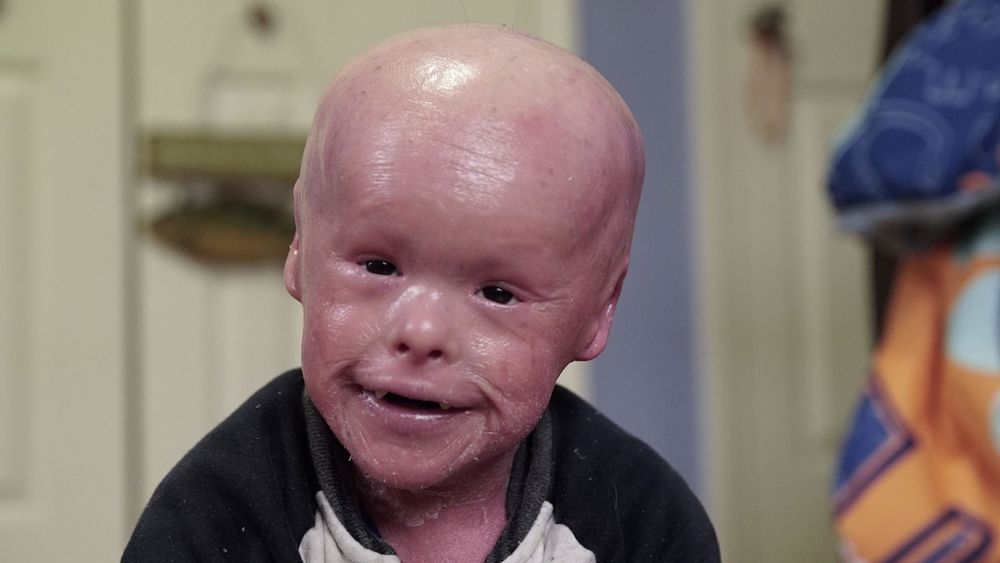
Harlequin ichthyosis is a genetic disorder that causes infants to be born with hard, thick skin all over their bodies. This skin abnormality restricts movement, causes dehydration, and makes those affected more susceptible to infection.
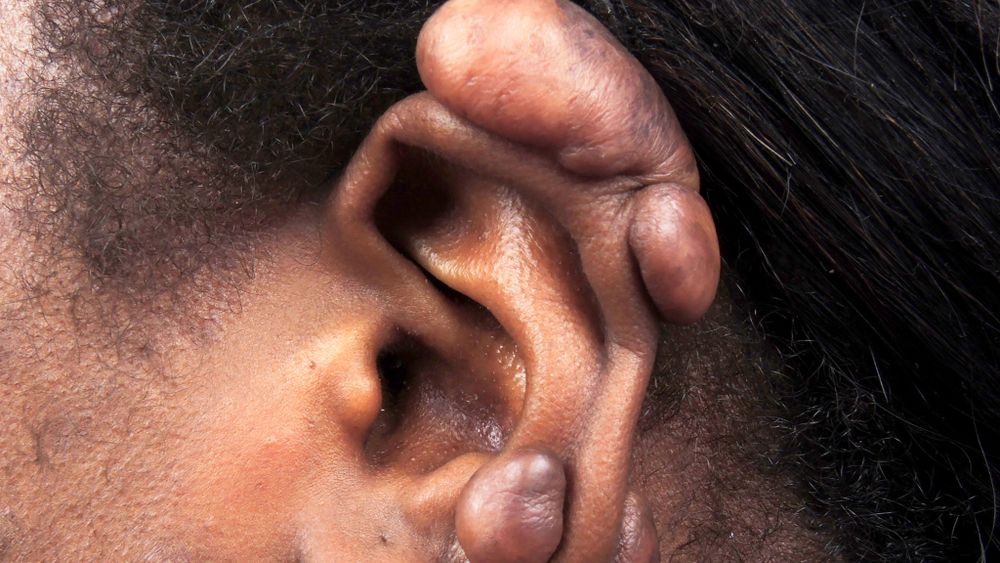
Keloids are scars that outgrow the size of the original wound, and they can occur with very minor skin damage.
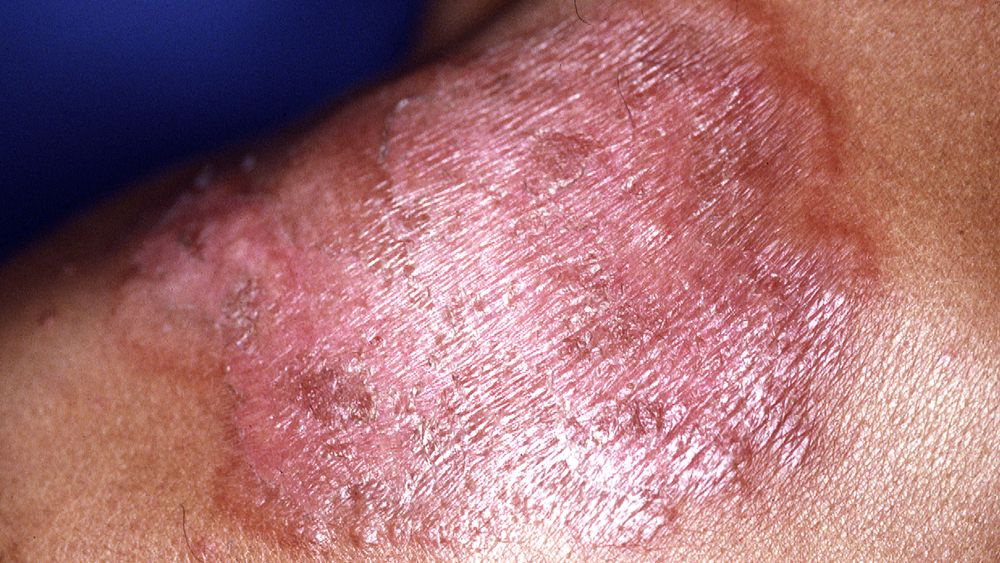
Acute febrile neutrophilic dermatosis, more commonly called Sweet Syndrome, is a disorder that causes fever and tender, lumpy skin. The good news is that it is not contagious. Possible causes of Sweet Syndrome include medication, pregnancy, upper respiratory tract infections, inflammatory bowel disease, and rheumatoid arthritis.
Advertisement

Bowen's Disease occurs when a growth of cancerous cells is confined to the outer layer of the skin. Though not a serious condition, it can progress into squamous cell carcinoma, an invasive skin cancer.